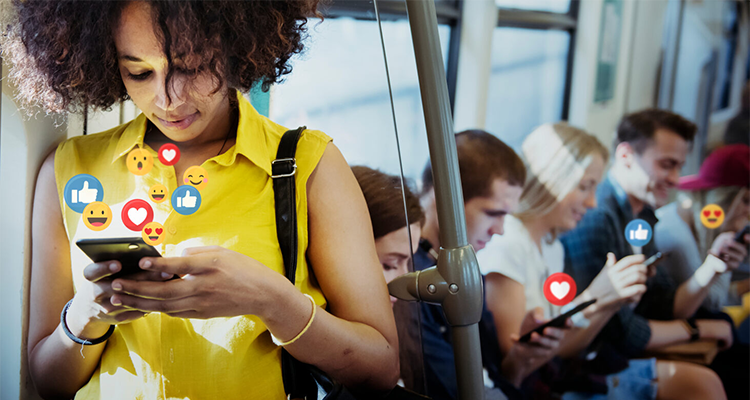
How North American brands can reduce acquisition costs and use their own customers to grow. By Jaclyn Crocker
The business landscape across North America is about as fast paced and competitive as it gets, meaning growth is a constant pursuit for brands. But it’s a difficult time especially for direct-to-consumer (D2C) brands as they are experiencing skyrocketing customer acquisition costs amid wider economic challenges resulting in a decrease in consumer spending.
As more and more brands try to compete for consumer attention, demand for online and social advertising has grown which has driven up the cost. According to data from SKAI, social media cost per thousand impressions and average cost per click has risen by 22 percent and 23 percent respectively in the last year alone.
So, with acquisition costs on the rise and consumer spending down, it’s no surprise the majority of today’s D2C brands are now looking for ways to reduce their acquisition costs and instead grow organically. But how can they do this?

Focus on building a community
The rapid spread of misinformation, privacy concerns over data use and the deluge of branded content we are subjected to on a daily basis has led to a feeling of mistrust in brands. That’s why according to HubSpot, 81 percent of consumers now trust recommendations from their friends and family members before making a purchase.
And so instead of throwing money at expensive advertising campaigns, the key to growth for brands will be turning their own community of people (most notably their customers) into an army of supporters capable of promoting their favorite brands to their own networks.
But how can brands do this? It’s all about creating bespoke referral programs, loyalty initiatives, and exclusive reward schemes to motivate their community to share their positive brand experiences with their family and friends.
Some of the world’s biggest and most influential brands including lululemon and Patagonia have grown in this way. They are community-powered brands that do not pump huge sums into online advertising to promote their product, but instead trust their customers to do it for them, and to great effect.
And we are seeing more and more brands including Abercrombie & Fitch and Victoria’s Secret follow suit with the launch of their own programs dedicated to turning their own customers into an army of salespeople.
Invest in UGC
Consumers find user-generated content (UGC) 9.8 times more impactful than influencer content and 79 percent of consumers say UGC highly impacts their purchasing decision, according to Stackla. That’s because regardless of age, we are increasingly looking for real content, created by real people who we can relate to and trust to make better and more informed buying decisions.
The best way for brands to take advantage of UGC is to build a loyal network of brand fans and then make it easy for them and incentivize them to create and share content with their own followers. Companies including Charlotte Tilbury and Gymshark do this – they trust their customers to share their own content with their own followers – and have all grown as a result.
Redefine the influencer 
Brands have historically got their influencer marketing strategy wrong because they focus on paying micro-influencers that they find through third party networks and marketplaces, rather than incentivizing existing customers. These external micro-influencers are random members of the public who don’t know anything about the brand and would happily promote a competitor if the price was right.
Yet the concept of influencer marketing is a great one and done correctly it is all about authentic storytelling for brands that want their message to not only be heard, but trusted and actioned.
And so brands need to redefine who their real ‘influencers’ are. And this starts closer to home – by identifying superfans from within their own customer base. These people may not buy the most, but they have the most influence because they literally tell everyone they know about their favored brands. This makes them the most powerful engine of word of mouth and free customer acquisition available to brands and every business has them.
What next?
For brands to reduce acquisition costs and grow organically, it is all about turning their own customer base into a revenue-driving community in and of themselves. Only by focusing on growing this army of superfans and incentivizing them to promote the brand to their own networks, with their own content, can brands truly expect to do this.
Jaclyn Crocker is COO & GM North America, Duel (former GM, Retail & Community, lululemon). Duel is a SaaS company that provides both the methodology and technology to help fashion and beauty brands drive organic growth through brand advocacy, the act of supporting and recommending a brand.
Launched in 2020, Duel helps brands turn their own customer base into a sales channel, scaling reach and revenue through brand advocacy. It helps companies build communities of advocates (happy customers, employees, partners, industry professionals etc.) who trust their brand and promote it to their friends, family and peers – thereby accelerating true, authentic, organic growth.